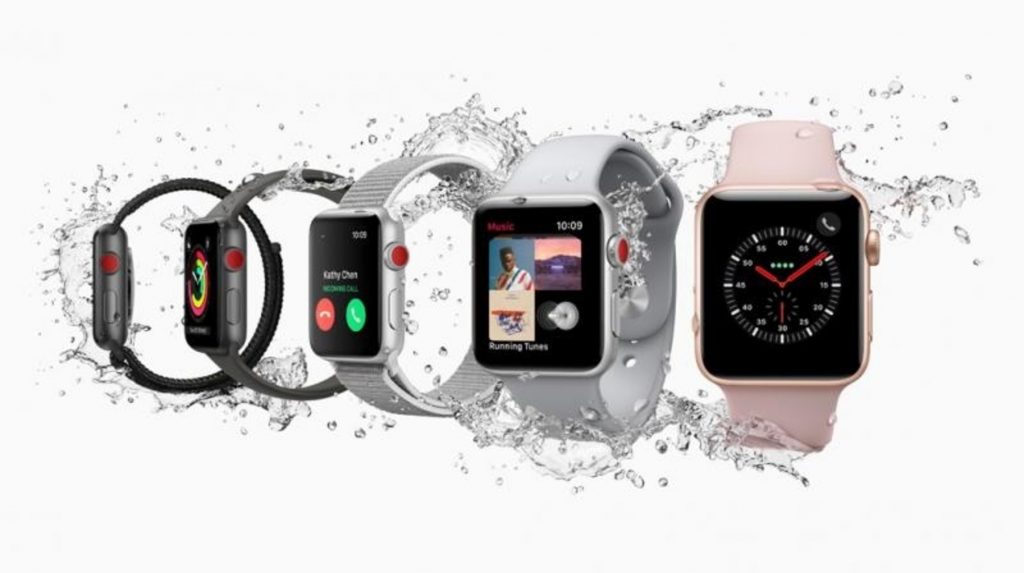A report by the International Data Corporation (IDC) Worldwide Quarterly Wearable Device Tracker says that Apple ships the highest number of wearable tech worldwide. With more than 8 million shipments in the fourth quarter alone, they occupy 21 percent of the market share. Apple also saw a 57.5 percent growth in sales from last year.
Apple’s key competitors in this market are Fitbit, Xiaomi and Huawei, to name a few. This is the first quarter where Apple has finally taken the top spot after constantly lagging behind the previously named companies. Apple eagerly promoted their Apple Watch series 3, offering several sales and discounts.
The end result is that the Apple Watch series 3 has become a huge success, allowing Apple to take this throne. The Apple Watch retails for around $400 and now has cellular connectivity, a new barometer and several other improvements to pre-existing features. In the entirety of 2017, 17.7 million Series 3 watches were sold.
“User tastes have become more sophisticated over the past several quarters and Apple pounced on the demand for cellular connectivity and streaming multimedia. What will bear close observation is how Apple will iterate upon these and how the competition chooses to keep pace.” – Research Director, IDC
In 2017, Xiaomi and Fitbit held 13.6% and 13.3% market share respectively. With the exception of Fitbit, it can be noted that other companies in the wearables market borrow heavily from the Apple Watch. Several features, the interface in particular, are duplicated by these companies.
These companies do this in an effort to keep up with the trends, which are set by Apple. This phenomenon is also seen in the smartphone market, wherein other manufacturers copy the design and features of the latest iPhone. This process has been going on from years and has reduced innovation and efforts that go into making a unique smartphone.
“We saw numerous vendors, relying on older models, exit the market altogether. At the same time, the remaining vendors — including multiple start-ups — have not only replaced them, but with devices, features, and services that have helped make wearables more integral in people’s lives. Going forward, the next generation of wearables will make the ones we saw as recently as 2016 look quaint.” – Research Director, IDC

